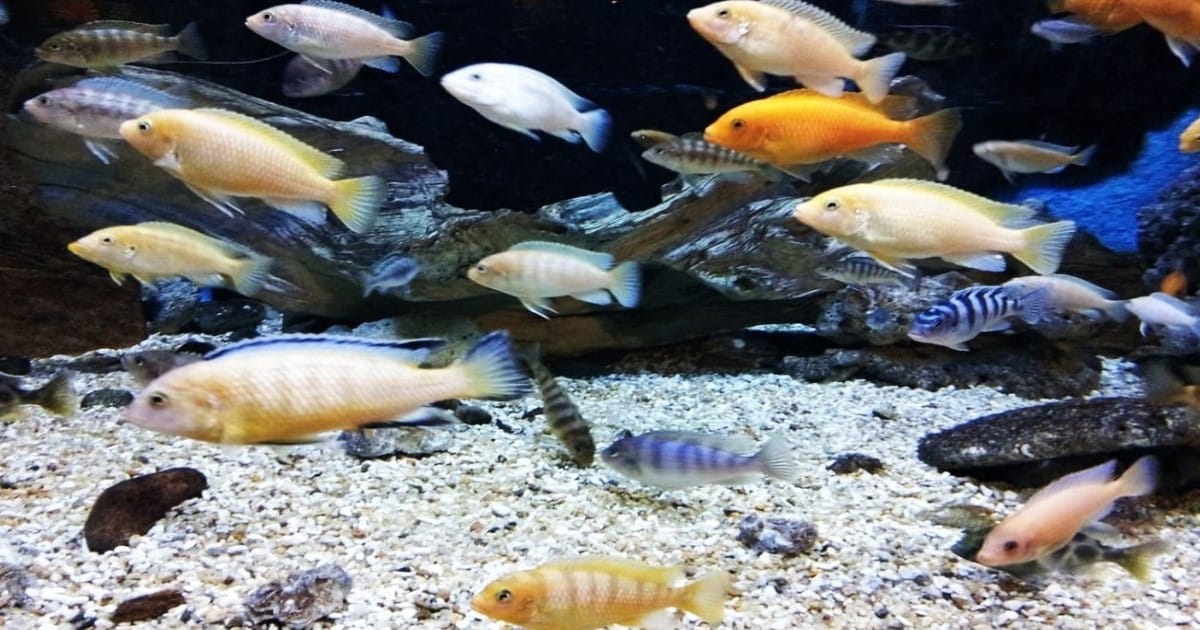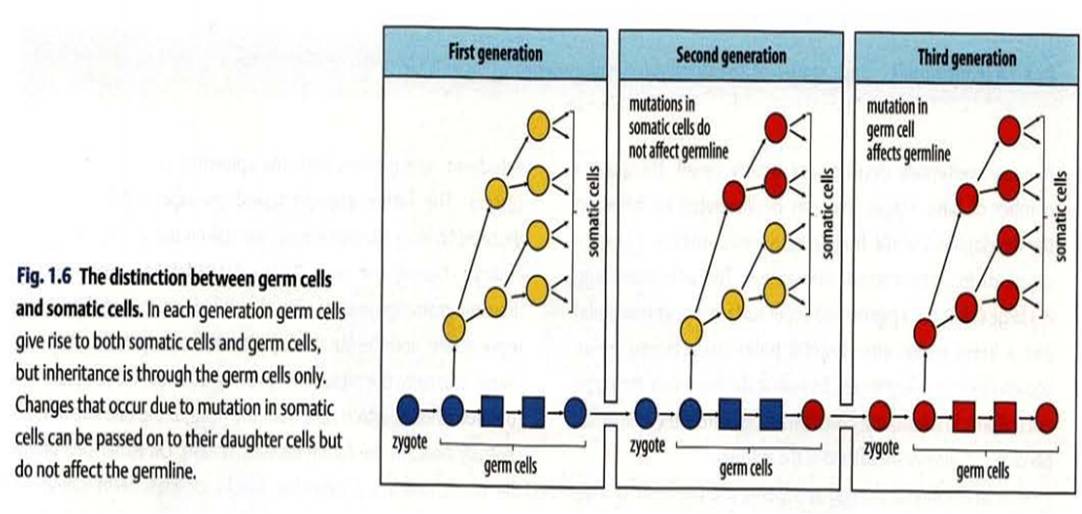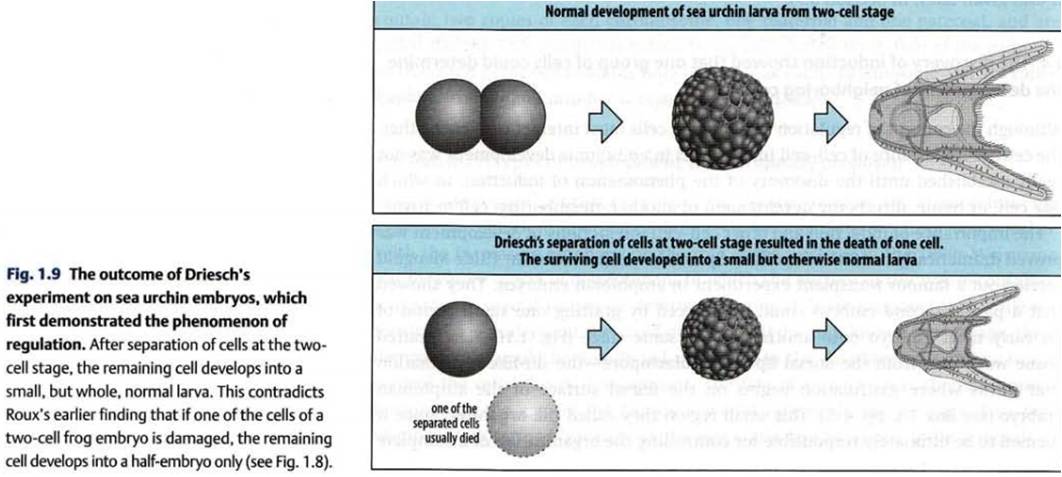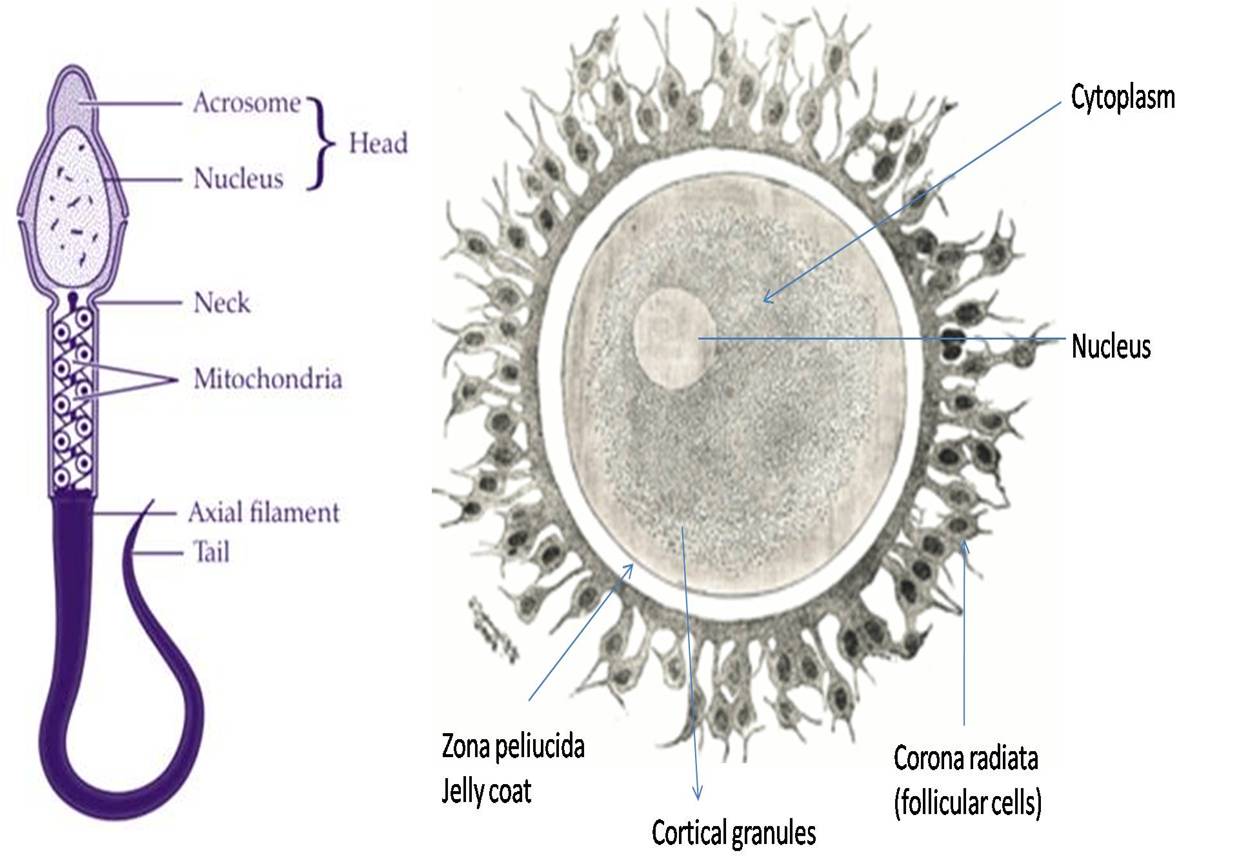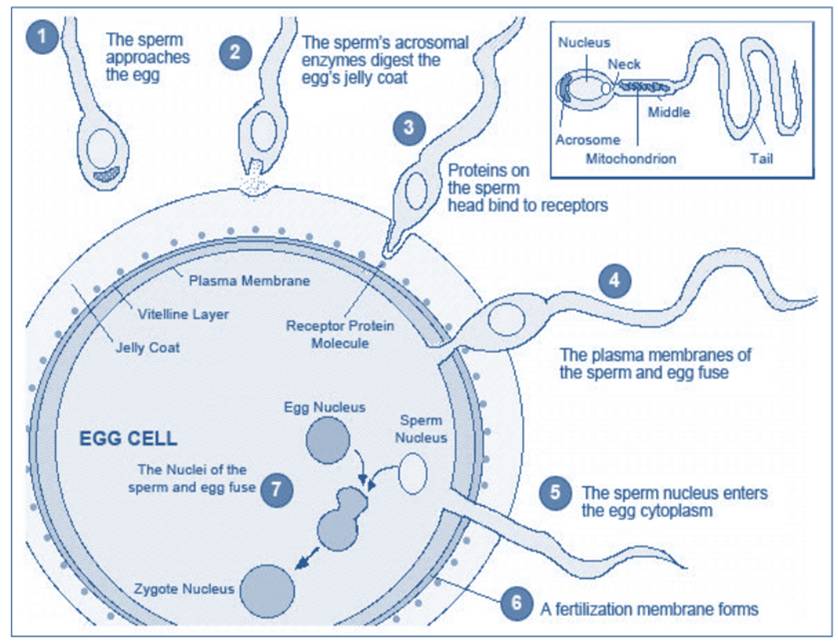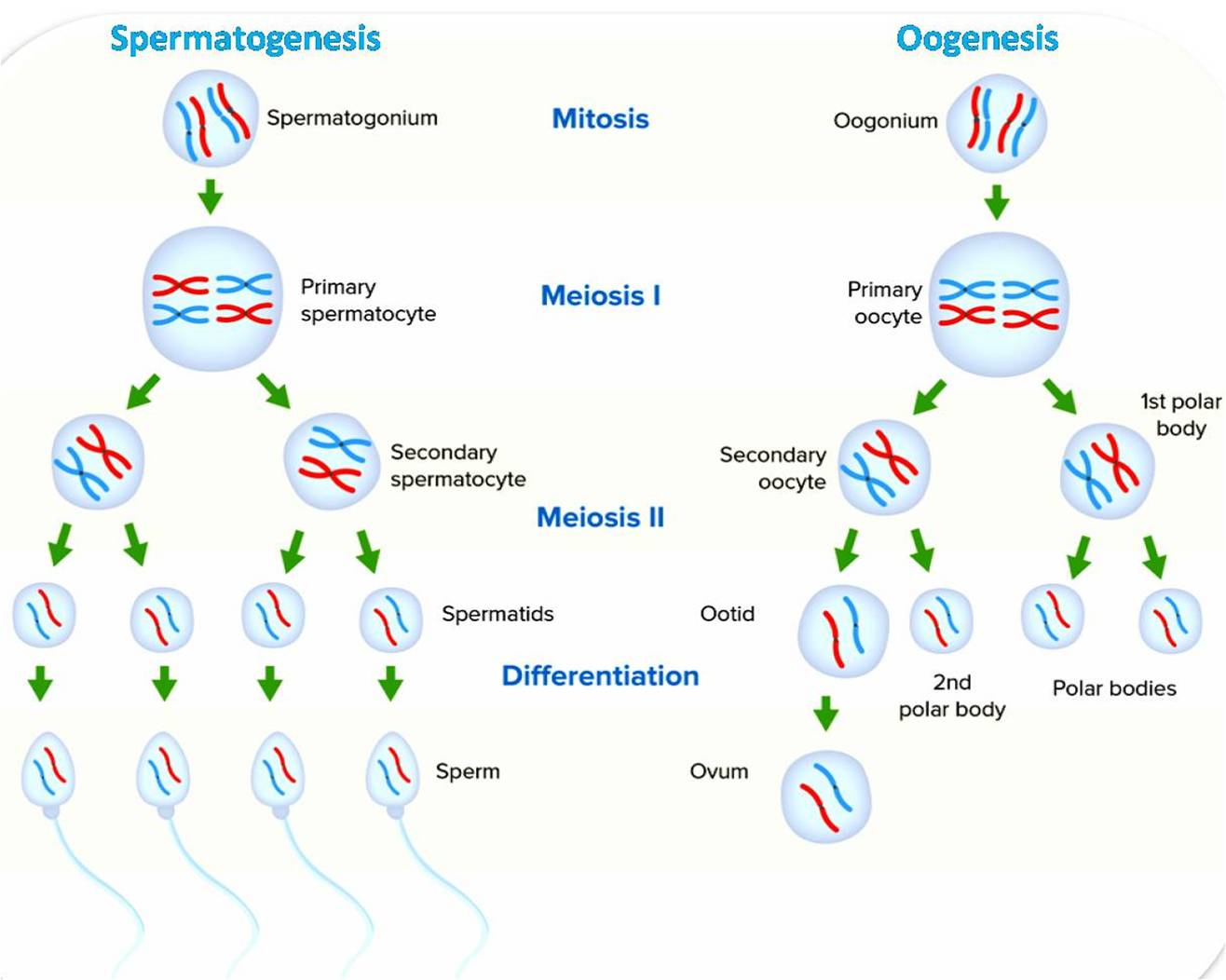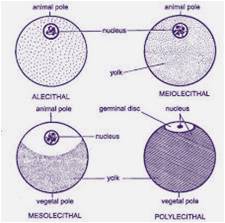Evolution of Developmental Biology: “Developmental Biology”- Holistic study approach including embryonic development, and all post natal processes such as normal growth, metamorphosis, regeneration and tissue repair at different levels of complexity ranging from molecular to the organism level.
Historically, Developmental Biology was known as Embryology.
Definition of “Embryology” – study of animal development that exits between fertilization and birth.
But, we know that Development does not stop at birth or even at adulthood and organism never stop developing. So now, the term “Embryology” has been replaced by “Developmental Biology”.
Ontogeny – Process by which zygote is transformed into multicellular and well organized being.
Embryogenesis – development of an individual from a fertilized egg or zygote. ‘Evolution of Developmental Biology”
Blastogenesis– development of a new organism from an asexual body like a bud, fragment of body, spore etc.
Evolution of Developmental Biology
Hippocrates in Greece in 5th Century BC – gave the first scientific approach to study development.
Aristotle (384 to 322 BC) Greek Philosopher- first embryologist known to history. He cracked open a hen egg on each successive day of its 3 week incubation period to observe thin band cells giving rise to an entire bird. He observed formation of major organs. He tried to address how different parts of the embryo are formed. He had two views : first that all the organs in the embryo are preformed from very beginning which got bigger during development (Preformation) and the other that new structures arise progressively which he termed “Epigenesis”. Aristotle favored epigenesis which was later found correct. Thus Aristotle established embryology as a new branch of science and he is known as Founder of Embryology.
Galen (130-200 AD) – studied about structures of relatively big features but the minute dimensions of early embryos could not be done until 17th century, when the microscope were available to study early stages of embryos.
William Harvey (1951) – concluded that all animals originated from eggs and discarded the idea of spontaneous generation of animals from mud. He first observed the blastoderm of chick embryo and described chick development. He supported epigenesis. He first noticed the blood islands formation and suggested that amniotic fluid might function as shock absorber for embryos. ‘Evolution of Developmental Biology”
Marcello Malpighi (1672) described different stages in the development of chick as seen with simple lens. Italian embryologist Marcello Malpighi followed Preformation idea and remained convinced against his own accurate observations of development of chick embryo, that a small embryo was already present from the beginning.
Regnier de Graaf (1672) – described ovarian follicles, the mature follicles were named after him as Graafian follicles.
EPIGENESIS AND PREFORMATION
During 17th and 18th century Aristotle’s ideas influenced European thoughts which was then the cradle of embryology. Although Aristotle favored epigenesis was championed by preformation at this time. With contemporaneous religious background of belief in divine creation of the world and all living beings, many researchers were not convinced with the idea of epigenesis and supported preformation. Most of them believed that all embryos had existed from the beginning of world and that the first embryo of a species must contain all future embryos. Epigenesis was supported by Aristotle and Harvey; Preformation was supported by Malpighi, and others of Spermist and Ovist group. But Preformation was unable to explain variations between the generations of organisms.
Preformation/ Conservation Theory –it states that the prefigured miniature human being is preformed (homunculus) either in the ovum or in the sperm. Thus two distinct schools of preformists thoughts emerged:
- Animalculists or Spermists: Antony Von Leeuwenhoek (1632-1723) and Nicolaas Hartsoeker (1656-1725) believed that preformed miniature organism was present in the head of the sperm which was merely nourished in egg.
- Ovists: Marcello Malpighi (1628-1694), Jan Swammerdam (1637-1680) and Lazzaro Spallanzani (1729-1799) argued that the ovum contained preformed miniature adult which is stimulated to grow by the seminal fluid.
- Bonnet in 1745 discovered that the eggs of some insects can develop parthenogenetically (without participation of sperm), and the Ovists almost won.
However both schools agreed that miniature body in each egg or sperm must inturn enclose the successive miniatures of all future generations.
Encasement/ Emboitment Theory – given by C. Bonnet in 1770, states female encapsulates the preformed germ cells of future generations one inside the other. This theory was discarded when importance of both egg and sperm was explained by CF Wolff.
Epigenesis Theory- Kasper Friedrich Wolff carefully observed development of chick embryos and in 1767 postulated that embryonic parts develop from tissues that have no counterpart in the adult organism. The different organs present in adult, develop anew in each embryo by progressive growth and differentaition called epigenesis. Wolff proposed a force “vis essentialis” acting to create an organism anew in each generation. This force was supposed to be analogus to gravity or magnetism to organize the embryonic development. ‘Evolution of Developmental Biology”
Bildungstrieb theory– proposed by German philosopher Immanuel Kant (1724-1804) and Johann Friedrich Blumenbach (1752-1840). It postulated experimental existence of a mechanical, goal-directed force called Bildungstrieb (developmental force). This predetermined force drives development and is inherent part of the embryo. This tried to bring in reconciliation between preformationism and epigenesis, wherein epigenetic development is directed by preformed instructions (in form of genes, untranslated mRNA etc) present in the fertilized egg. ‘Evolution of Developmental Biology’
The preformation/epigenesis controversy continued through 18th century and was finally laid to rest by Cell Theory, developed between 1820-1880, which proposed that all living things including embryos were composed of cells. In 1840s, it was realized that development could not be based on preformation but must be epigenetic because during development many new cells are formed from the egg which itself is a single specialized cell.
Germplasm Theory – Proposed by August Weismann in 1893 that the parental characters are passed to the offspring through the germ cells (egg and sperm) and not from the somatic cells. The germplasm forming the germ cells is very distinct from the somatoplasm of somatic cells that characteristics (mutations) acquired by the body somatic cells cannot be transmitted to the germline and thus cannot be inherited by the offspring.
Mosaic Theory – originally the idea of Mosaic development was conceived by A. Weismaann in 1880s. He explained nucleus of the zygote contained a number of special factors or Determinants which were distributed unequally to the daughter cells after cleavage of the zygote and control the future development of these cells. Thus this type of model was termed “mosaic” as the egg is a mosaic of discrete localized determinants.
The experimental evidence for the Mosaic development was given by Wilhelm Roux in 1888, who is known as Father of Experimental Embryology, performed experiments on frog’s egg. After first cleavage of fertilized frog egg, Roux killed one of the two blastomeres with a hot needle and observed that the remaining live blastomere developed into a well formed half-larva. He concluded that the development of frog is based on a mosaic mechanism, the cells having their character and fate determined at each cleavage. This is also called as mosaic theory of development/ Determinate development.
Regulative theory- Proposed by Hans Driesch in 1891 after conducting experiments on the fertilized eggs of sea urchins as they could be easily explored and are transparent. The regulative theory is in contrast to the idea of mosaic theory of development. He observed that the blastomeres of sea urchin when separated from each other at two cell stage , developed into two complete larvae but of smaller size. Thus early in cleavage all the blastomeres have equal potencies to develop into whole embryo. He also concluded that the development is regulative due to conditional specification as the fate of the cells is determined by the interaction with its neighbouring cells. Thus the cells has the ability to develop according to change in conditions. Its is a feature of all the vertebrates and some invertebrates. This is called as regulative theory of development. ‘Evolution of Developmental Biology”
In determinate development, structures are formed strictly according to a fixed genetic program, where as in Regulative development, one tissue affects the subsequent development of another by a process known as Induction. “Evolution of Developmental Biology”
The 21st century The 21st century has seen continued progress in developmental biology. Scientists are now using new techniques, such as stem cell research and organoids, to study development in more detail. This research has the potential to lead to new therapies for a variety of diseases. Evolution of Developmental Biology is a fascinating topic that explores how the processes of development and evolution are interconnected and influence each other. It is also known as evo-devo, a term coined by the biologist Brian Goodwin in 1982 ‘Evolution of Developmental Biology”
Facts:
- Developmental biology studies the processes that transform a single fertilized egg into a complex, multicellular organism.
- The history of this field dates back to ancient times, with Aristotle making early observations on chick embryology. ‘Evolution of Developmental Biology”
- In the 19th century, advances in microscopy allowed for more detailed studies of embryonic development.
- Wilhelm Roux’s experiments in the late 19th century laid the foundation for experimental embryology.
- The discovery of genes and DNA in the 20th century revolutionized our understanding of developmental processes. ‘Evolution of Developmental Biology”
- Today, developmental biology continues to uncover the secrets of life, including regenerative medicine and stem cell research.
Conclusion:
The history of developmental biology bears witness to the insatiable curiosity of people and their quest for knowledge. Every age has added to our comprehension of life’s greatest mysteries, from the ancient philosophers to the contemporary geneticists. The findings made in this discipline hold great potential for the advancement of science and medicine in the future.

